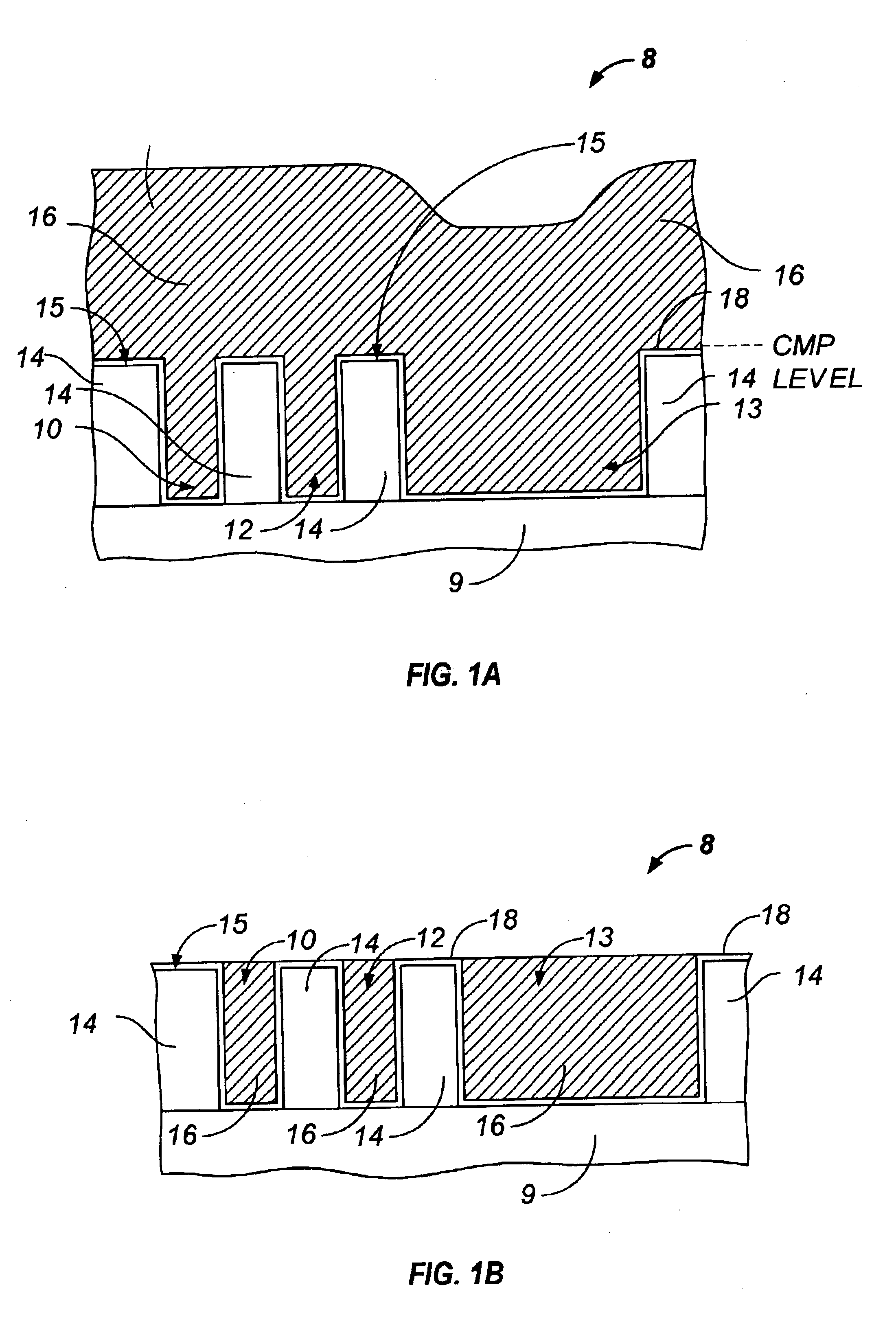Advanced chemical mechanical polishing system with smart endpoint detection
- Summary
- Abstract
- Description
- Claims
- Application Information
AI Technical Summary
Benefits of technology
Problems solved by technology
Method used
Image
Examples
Embodiment Construction
As will be described below, the present invention provides a method and a system for an in-situ endpoint detection for material removal processes such as CMP. Reference will now be made to the drawings wherein like numerals refer to like parts throughout.
A. Endpoint Detection System
FIG. 2 shows an exemplary chemical mechanical polishing (CMP) apparatus 100 that includes a polishing member 102 and a carrier head 104. The polishing member may be, for example, a polishing belt, a polishing pad, or another type of polishing member. The polishing member 102 includes an upper or process surface 106 and a lower surface 108. The lower surface 108 of the polishing member is placed and tensioned on a support plate 109 such as a platen. The polishing member and head are positioned so that the face of the workpiece is adjacent to the polishing member, which could be proximate or touching the polishing member. In this embodiment, the polishing member 102 is an optically transparent polishing mem...
PUM
 Login to View More
Login to View More Abstract
Description
Claims
Application Information
 Login to View More
Login to View More - R&D
- Intellectual Property
- Life Sciences
- Materials
- Tech Scout
- Unparalleled Data Quality
- Higher Quality Content
- 60% Fewer Hallucinations
Browse by: Latest US Patents, China's latest patents, Technical Efficacy Thesaurus, Application Domain, Technology Topic, Popular Technical Reports.
© 2025 PatSnap. All rights reserved.Legal|Privacy policy|Modern Slavery Act Transparency Statement|Sitemap|About US| Contact US: help@patsnap.com



